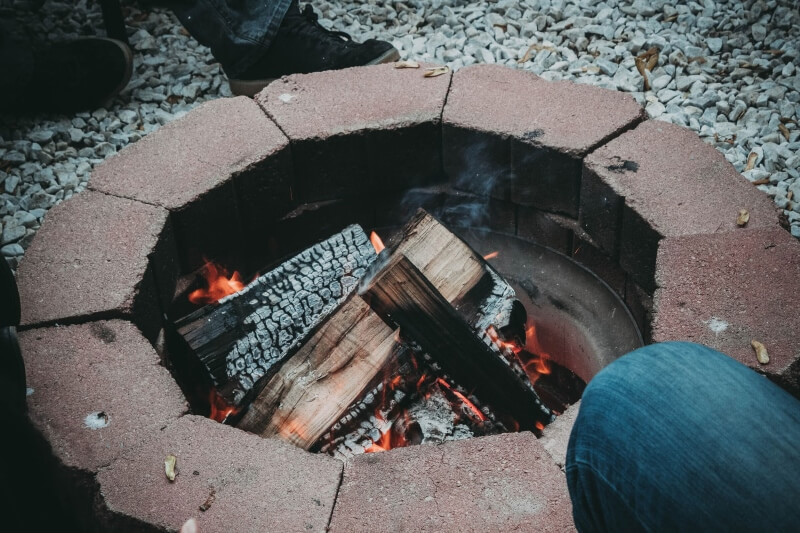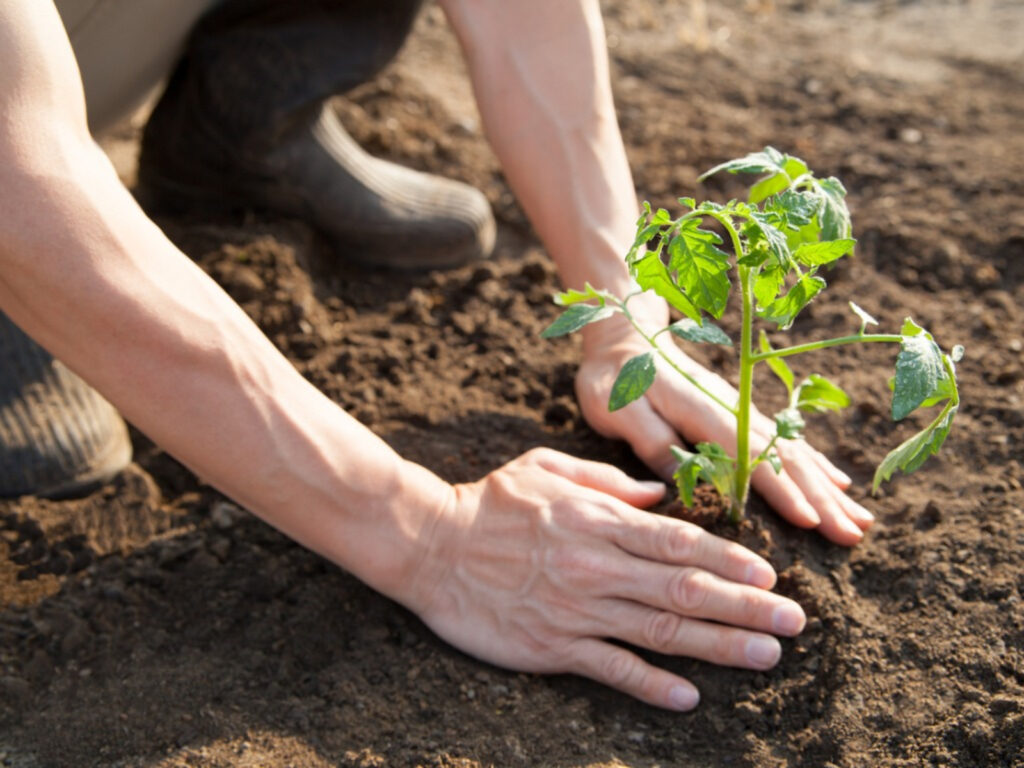
Succulents are chubby little plants that come in several colors, shapes, and sizes. They are extremely cheap to grow using succulent plant seeds. However, their growth process is slow. Impatient gardeners or beginners find it frustrating to grow succulents because they sometimes take a whole year to simply start germinating.
Growing them from scratch using succulent seeds takes even longer, as compared to growing them from cuttings. Succulents are also demanding Trusted Source Succulent plant - Wikipedia In botany, succulent plants, also known as succulents, are plants with parts that are thickened, fleshy, and engorged, usually to retain water in arid climates or soil conditions. en.wikipedia.org and require precise growing conditions and constant nurturing. So, how to grow succulents from seeds?
You need to be dedicated to see your plant grow if you want to plant a succulent from seeds. However, there are some gardeners adamant on taking on the long-term care of succulents for the delayed gratification of seeing them grow into the beautiful little plants that they are.
Growing succulent from seeds has some great advantages, including the fact that seeds are diverse, and choose the ones you want rather than being stuck with the parent plant if you use the cutting technique.
We have compiled a detailed guide on how to plant succulent seeds, so you can do it like a pro at home!
It is always better to gather all the things you need before starting a task. This is to prevent any emergency store runs or have unnecessary delays. We have listed all the things you will need to plant succulent seeds and what purpose these will serve.
In order to grow a healthy succulent plant, you will need some good quality and reliable seed. Succulent seeds are small and can sometimes be mistaken with dust. These seeds can be acquired from many places, such as gardening stores, online or from reliable gardeners who harvest their own succulent seeds.
Be careful to find a reputable brand, especially if you are buying seeds online as people have been scammed. Make sure to check the reviews and see what experts recommend. You can buy a pack of seeds or a complete plant starter kit.
You can consider the Cactus Succulent Seed Starter Kit that is a highly reputed kit. It comes with succulent seeds, plant pot, soil, and everything else that you will need.
A seed tray for succulent seeds is not like a regular plant pot, rather it needs to be at least a few inches deep, with drainage holes. The style does not really matter, so it can have several sections or a flat pan style.
However, the drainage holes are a must because succulents and even their seeds require a proper drainage, or else they drown and die. You can get these at your local superstore, a garden accessories shop and even online!
You can also make a seed tray of your own from recycled materials that you can dispose of later. If you want to buy new seed trays or containers for growing succulents you can get the ZOUTOG 6 inch White Ceramic Succulent Pot. It is an excellent option!
Succulents require a well-draining soil for adequate growth, so you need an appropriate soil or an alternate soil medium for growing succulents from seeds. You can make soiling medium at home by mixing soil with a course material like sand or use a premade succulent mix.
Another excellent option is to buy pre-made potting soil that requires no amends and is especially made for nurturing succulents. You can easily find the best succulent soil mixes for excellent growth and healthier succulents!
You will also require a small sized plant dome to cover the succulent seeds you plant. Make sure to get one that fits perfectly on your seed tray as it will not work if it is too small for the tray. You can get a plant dome at a garden shop or buy it online at excellent prices!
Succulent seedlings need plenty of light to grow. However, they are delicate and direct sunlight can be too harsh for newly planted seedlings. Therefore, they require dampened light, which can be achieved by a cloth, newspaper or any shading material that keeps full bright light away from direct contact with the succulent seed tray.
You can use a glass plant dome as well. But if you are growing succulents indoors and your window doesn’t get sufficient amounts of light, you can get a grow light that ensures healthy growth. You can find the best grow lights for succulents online!
Now that you have everything that you will need to start growing your succulent plants, the next step is to correctly plant the seeds. Before you go ahead and sow your succulent seeds, you need the correct substrate.
This will prepare the soil for ensuring a healthy growth. You need your potting soil mix that is rich in nutrients. This is important for succulent growth. Make sure that your soil medium is cool before moving forward.
We have explained a detailed step by step guide of how to grow succulent from seeds that will help beginners in properly planting succulent seeds.
Now that you have prepared the potting soil, fill the seed tray with the succulent soil mix, such that each section of the tray is 1-inch below the edge of the tray. After you are done filling the tray, take your misting bottle and water the soil.
Watering the soil before sowing seeds is necessary because it helps the fine-grained seeds to adequately stick to the damp soil. Let the water pass through the drainage holes and dampen the soil properly. Once all the water has been drained out, you can proceed to the next step.
Now that your soil is damp and good to receive the seeds, you can start planting the succulent seeds into the soil. However, be warned that succulent seeds are really fine, and they can easily be blown away by wind like pollen.
Therefore, the most recommended place to sow your succulent seeds is in a less windy, shaded area or an indoor space. Let’s get into how you must sow the seeds:
Unlike other plants, you don’t need to cover the newly sowed seeds with soil because succulents are small, and they cannot break through from the soil above once taken root.
Covering the seeds with soil will suffocate and kill the plant. If you are growing a variety of succulents, we recommend using separate pots or separate compartments in the same pot to plant the different seeds.
Considering that different types of succulents have their respective germination period, it can prove to be difficult to control the different conditions each type of succulent requires for healthy growth.
Succulents grow in humid areas naturally in the environment. Therefore, you need to cultivate similar environmental conditions in your artificial pot setting. They are a plant breed that requires humidity to begin their germination process, so you need to cover the tray.
You can use other items that can adequately hold in moisture, such as a shower cap or a glass. Covering the seeds will foster conditions that will enable the seeds to grow into a beautiful plant.
As we mentioned earlier as well, succulents like any other plant, require adequate amounts of light to grow. However, they are delicate and can easily burn in direct light. Once you have properly covered the plant tray containing the seeds, you can place the tray somewhere in the house or garden that gets direct sunlight.
Don’t worry about damaging the plant because it is covered by the plant dome and retaining moisture. In case you don’t have a space that gets good amounts of sun, such as for people who live in apartments, you can use a grow light.
Set the temperature of your grow light to 70 degrees F, which will ensure healthy and timely germination. You need to monitor the seeds daily. As soon as they begin sprouting, remove the cover and relocate the plant tray to a location that gets good sunlight but is not placed directly under the scorching sun.
Soon, your seeds will start germinating and you will eventually have your personally grown succulents ready!
Once you have placed your succulent under shielded sunlight, the hardest part starts. Now you wait and watch the plant slowly start to grow. This can be unnerving because it takes so long, but trust us when we say that the results will be worth the wait. The growth process and time depends on all factors including temperature, light and humidity.
Keep watching over the growing plant and keep the soil moist for the initial two weeks. The roots will be starting to grow, so they require frequent watering to develop properly and healthy. Once the plant has taken roots, which will be about 2–3 weeks after sowing, you don’t need to keep it as moist. Simply wait for the soil to completely dry before you water it again. Gradually expose the plant to more and more light, but refrain from exposing the growing succulent to direct sunlight.
After your succulent seeds have sprouted into a fully mature plant, you can take them out of the seedling tray and place them in your desired pots. Be careful and make sure that the plant is mature enough and ready to be relocated because a weak succulent will not survive the transplant.
You can wait until you are certain that the plant is strong enough. Usually, it takes the seeds 4 to 6 months to mature enough to be relocated. The replanting procedure is pretty simple, but requires a lot of careful handling. Extract the soil from the base of the plant and carefully pull the plant out. This is when you get rid of the old soil and dead roots sticking to the plant you extracted from its previous pot.
Now take a plant pot that you like, fill it up with fresh and well-draining succulent soil mix and insert the plant in the pot, locking it from the sides using the soil mix. You can start watering and caring for your replanted succulent after some days.
Growing succulents is an easy and exciting activity, however sometimes people can get overwhelmed with the amount of wait that it requires. However, once the seeds have bloomed into a cute little succulent plant, you will have all the time in the world to adore them. We hope you learned how to grow succulent from seeds and will implement this technique to bring new additions to your garden.
Now you know how to grow succulents from seeds. But, if you want to be a pro and learn more about the plant breed itself and exciting ways to plant, care for and grow succulents, you can read Essential Succulents: The Beginner’s Guide!
Feel free to let us know how your experience with growing succulents using our technique went! Share your insights into caring and maintaining for succulents below!





